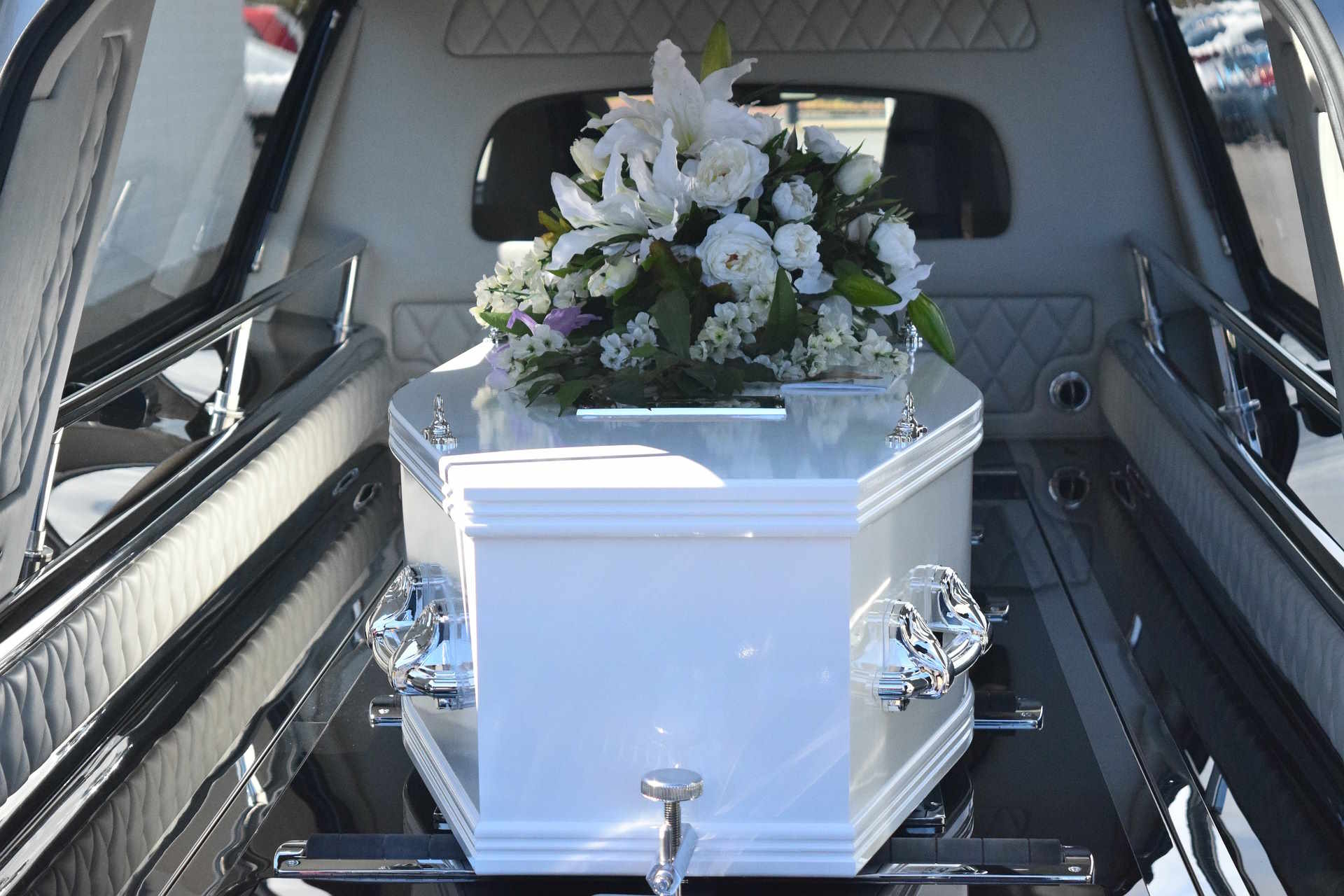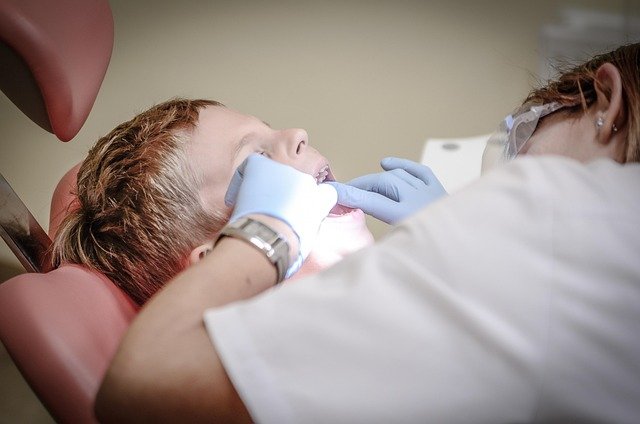Comprehensive guide to the cremation process in the United Kingdom 2025: preparations, procedures, and expectations
This article explains the UK cremation process (2025), covering legal steps, body preparation, cremation procedures, and post‑cremation care. It aims to clarify requirements and what families can expect, including recent death certification reforms and identification safeguards.

Initiating with official documentation and permissions
Before a cremation can take place in the United Kingdom, several legal requirements must be fulfilled. The process begins with the registration of death, which must be completed within five days at the register office in the district where the death occurred. The registrar will issue a Certificate for Burial or Cremation (also known as the “green form”), which gives permission for the cremation to proceed.
For cremation specifically, additional documentation is required. This includes:
-
Cremation Application Form (Cremation 1) - completed by the next of kin or executor
-
Medical Certificate (Cremation 4) - completed by the doctor who attended the deceased
-
Confirmatory Medical Certificate (Cremation 5) - completed by a second, independent doctor
In some cases, such as when the death has been referred to the coroner, different paperwork may apply. The coroner may issue a Certificate of Coroner (Form Cremation 6) instead, which replaces the need for the medical certificates. All necessary forms must be submitted to the crematorium at least 48 hours before the scheduled cremation time.
Body preparation for cremation: ensuring respect and care
The preparation of the deceased for cremation is handled with the utmost dignity and respect. Once the death has occurred and the necessary documentation is in progress, the deceased is transferred to either a funeral home’s mortuary facilities or directly to the crematorium’s chapel of rest.
The preparation typically involves:
-
Washing and dressing the deceased in chosen clothes or a shroud
-
Removal of medical devices containing batteries or radioactive materials
-
Secure identification processes involving name tags and documentation
-
Placement in a suitable coffin or casket made from combustible materials
In the UK, embalming is not required for cremation but may be chosen by families, particularly if there will be a viewing or if there’s a delay between death and cremation. Any jewelry or personal effects that families wish to keep should be removed at this stage, as these items cannot be recovered after cremation. Pacemakers and certain other medical implants must be removed prior to cremation as they can explode when heated, potentially causing damage to the cremation equipment.
Handling and transport before the cremation
Transportation of the deceased to the crematorium is typically arranged by the funeral director using a specialized vehicle designed for this purpose—usually a hearse. The coffin is treated with respect throughout this journey, and in many cases, family members may follow behind in procession if they wish.
Upon arrival at the crematorium, the coffin is transferred to a special trolley and may be placed in the chapel of rest until the scheduled service time. Crematoriums operate on strict timetables, with services typically allocated 30-45 minute slots, though this can vary depending on the facility and any special requirements.
The transfer process includes:
-
Careful handling by trained professionals
-
Maintained dignity through covered transport
-
Secure chain of custody documentation
-
Temperature-controlled environment where appropriate
-
Final verification of identity before the service
Many crematoriums in the UK now offer livestreaming or recording services for those unable to attend in person, a practice that became particularly widespread during the COVID-19 pandemic and has remained a standard offering in 2025.
The cremation process at the crematorium
The actual cremation process begins after the funeral service has concluded. Once mourners have departed, crematorium staff will prepare for the cremation by removing any non-combustible items from the coffin such as the nameplate (if metal) and any handles that aren’t made of combustible material.
The cremation itself takes place in a purpose-built chamber that reaches temperatures between 800-1000°C. Modern cremators in the UK are computer-controlled and designed to minimize environmental impact through efficient filtration systems that meet strict emission standards.
Each cremation is conducted individually, and crematoriums follow strict protocols to ensure the correct identification of remains throughout the process. The cremation typically takes 1.5 to 2 hours, after which the remains are carefully collected and processed.
The processing involves:
-
Cooling of the cremated remains
-
Removal of any metal items (such as joint replacements or dental work)
-
Reduction of remaining bone fragments to a fine ash
-
Placement of the ashes in a temporary container or chosen urn
Many crematoriums now have recovery systems for metals, which can be recycled with family permission through schemes like the ICCM Recycling of Metals Scheme, with proceeds going to charitable causes.
A quick guide from start to finish
For those seeking a concise overview of the entire cremation process in the UK, here is a step-by-step summary:
-
Death occurs and is verified by a medical professional
-
Registration of death at local register office
-
Appointment with funeral director to arrange cremation
-
Completion of necessary cremation application forms
-
Medical certificates obtained from doctors or coroner
-
Selection of coffin and any personal items to remain with the deceased
-
Arrangement of funeral service details and time slot
-
Body preparation and placement in coffin
-
Transport to crematorium on the day of service
-
Funeral service held according to family wishes
-
Mourners depart and technical cremation process begins
-
Ashes processed and placed in chosen container
-
Family notified when ashes are ready for collection
-
Decision made regarding final disposition of ashes
The entire process from death to receiving the ashes typically takes 7-10 days, though this can vary depending on registration delays, availability of crematorium slots, and any special circumstances such as coroner involvement.
Cost considerations for cremation services
Cremation costs in the United Kingdom vary significantly depending on location, service options, and whether you choose a direct cremation or a full service cremation. As of 2025, the average cost structure for cremations in the UK is as follows:
| Service Type | Average Cost Range | What’s Typically Included |
|---|---|---|
| Direct Cremation | £995 - £1,650 | Collection of deceased, simple coffin, cremation fees, return of ashes |
| Simple Cremation | £1,800 - £3,000 | Basic funeral service, standard coffin, crematorium fees |
| Traditional Cremation Service | £3,000 - £5,500 | Viewing/visitation, hearse, celebrant/minister, higher quality coffin, crematorium fees |
| Premium Cremation Package | £5,500+ | Custom coffin, limousines, extensive floral tributes, memorial options |
Prices, rates, or cost estimates mentioned in this article are based on the latest available information but may change over time. Independent research is advised before making financial decisions.
Additional factors that influence cremation costs include the day and time of service (weekends and peak hours often cost more), the location (London and the South East typically having higher costs), and optional extras such as memorialization products, printed materials for the service, and webcasting.
Most funeral directors offer payment plans and some crematoriums provide reduced rates for services held at less popular times. Additionally, those on certain benefits may qualify for the Social Fund Funeral Payment from the government to help with essential costs.
Cremation remains a more economical choice than burial in most parts of the UK, primarily due to the high cost and limited availability of burial plots, particularly in urban areas.




